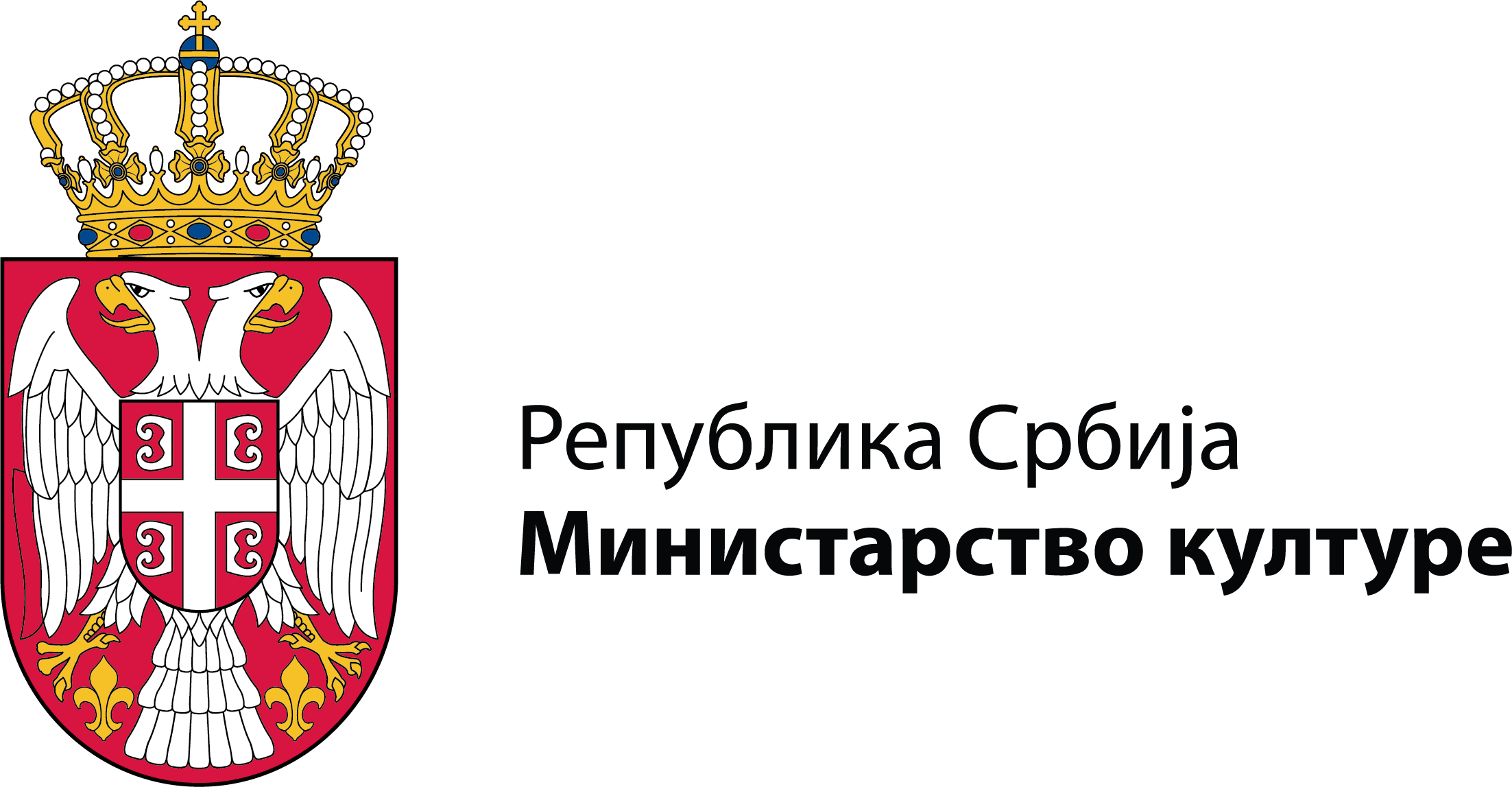The memorial collection of Hristifor Crnilović contains over 1,600 old negative plates and film negatives, a reference library with more than 700 professional books and magazines, and about 22,000 sheets of manuscript material arranged in 236 volumes with records, drawings, photographs and excerpts from literature.
The majority of the collection consists of folk costumes and jewelry, as well as handcrafted rural and urban household items. The collection also includes urban attire, craft tools, coins, and weaponry with accessories.
Hristifor Crnilović (1886–1963) was born in Vlasotince (southern Serbia) into a bourgeois family. He began his education in Vlasotince and Leskovac before attending the painting school of Rista Vukanović (1873–1918) in Belgrade. He later traveled to Munich for further artistic training. Crnilović participated in the Balkan Wars and World War I, which caught him in Skopje, where he worked as a drawing teacher at a high school. After being demobilized in 1918, he returned to Skopje, where he remained until 1941.
Respecting his wishes, his heir Ljiljana Stojmenović Stošić donated Hristifor Crnilović's collection to Belgrade. Manak's House—built in 1830 in Savamala (today's Bosanska Street) by Manak Mihailović, a Cincar settler from Macedonia—was equipped for housing, preserving, and exhibiting the collection. The Ethnographic Museum was entrusted with the professional museological and scientific processing of the entire material.
The collection contains 2,600 items.
The curator in charge of the collection is Maja Marjanović, curator: maja.marjanovic@etnografskimuzej.rs
Hristifor Crnilović (1886–1963) was born in Vlasotince (southern Serbia) into a bourgeois family. He began his education in Vlasotince and Leskovac before attending the painting school of Rista Vukanović (1873–1918) in Belgrade. He later traveled to Munich for further artistic training. Crnilović participated in the Balkan Wars and World War I, which caught him in Skopje, where he worked as a drawing teacher at a high school. After being demobilized in 1918, he returned to Skopje, where he remained until 1941.
Respecting his wishes, his heir Ljiljana Stojmenović Stošić donated Hristifor Crnilović's collection to Belgrade. Manak's House—built in 1830 in Savamala (today's Bosanska Street) by Manak Mihailović, a Cincar settler from Macedonia—was equipped for housing, preserving, and exhibiting the collection. The Ethnographic Museum was entrusted with the professional museological and scientific processing of the entire material.
The collection contains 2,600 items.
The curator in charge of the collection is Maja Marjanović, curator: maja.marjanovic@etnografskimuzej.rs

